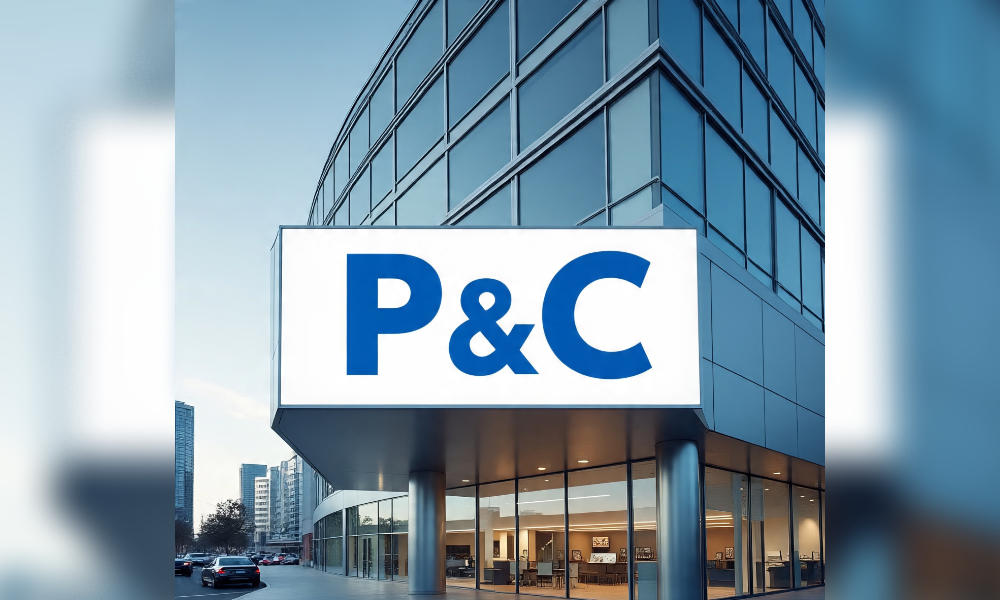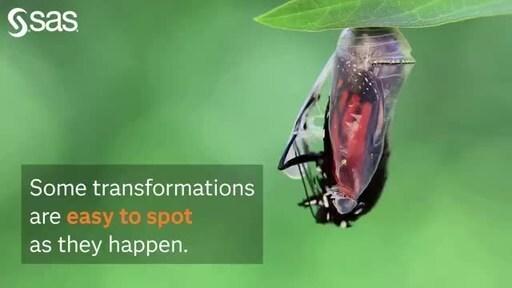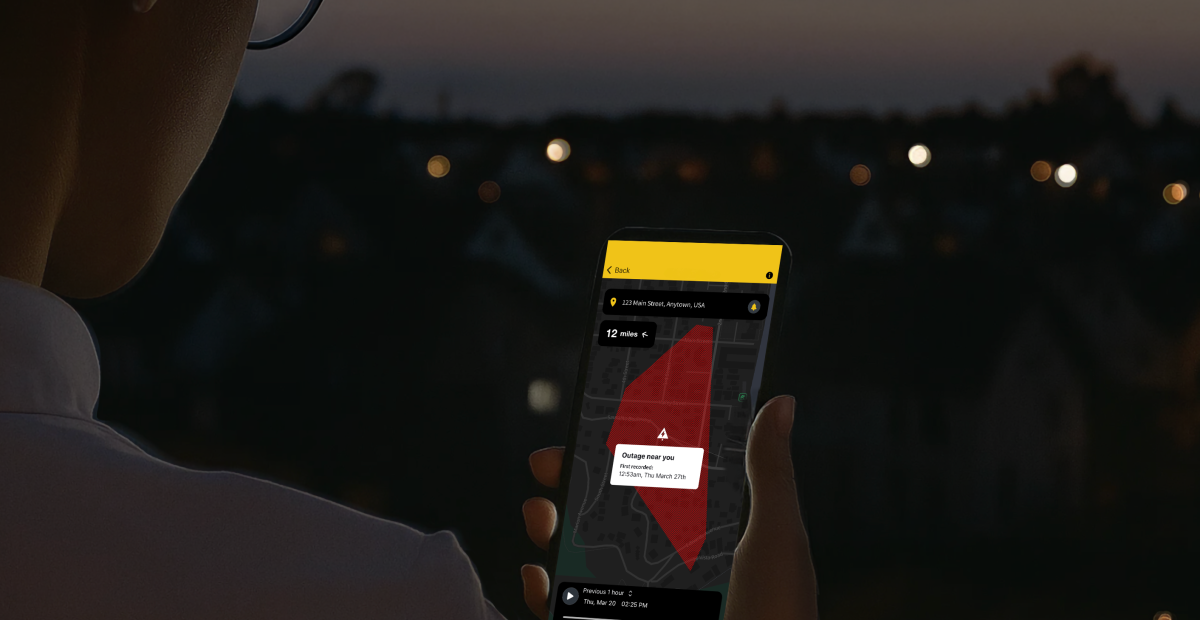News

Radian bets $1.7 billion on Lloyd’s platform with Inigo deal | Insurance Business America
US insurer goes big on specialty expansion
The American mortgage insurer Radian has invested massively to stake a claim in the global specialty market, agreeing to acquire Lloyd’s syndicate Inigo in a $1.7 billion transaction. The deal marks a dramatic evolution for the Philadelphia-based company, long known for its mortgage insurance business, and signals its ambition to become a multi-line specialty player at scale.
Radian’s decision follows a strategic review aimed at addressing the limits of organic growth in its core mortgage protection line. The company told analysts that the Inigo acquisition would expand its potential market twelve-fold.
“Mortgage insurance had a more limited organic growth opportunity. Inigo changes that for us,” said Sumita Pandit, Radian’s chief financial officer, in comments reported by Reuters.
The company intends to divest its mortgage conduit, title, and real estate services arms within a year, simplifying its structure and concentrating resources on the specialty arena.
For Radian, the attraction lies in Inigo’s trajectory since its founding in 2020. Built by three former Hiscox executives - Richard Watson, Russell Merrett and Stuart Bridges - the syndicate secured $800 million in initial backing, entered Lloyd’s with a clean balance sheet, and wrote $412 million of premium in its first year. By 2023, gross written premium had topped $1.08 billion, supported by expansion into cyber, financial institutions, onshore energy and aviation war.
Research
NHTSA reports sharp drop in traffic fatalities in first half of 2025
The National Highway Traffic Safety Administration (NHTSA) today released early estimates for motor vehicle traffic fatalities in the first half of 2025, projecting a substantial 8.2% decline in roadway deaths. An estimated 17,140 people lost their lives in motor vehicle crashes from January through June 2025, down from 18,680 fatalities during the same period in 2024.
“These preliminary figures are encouraging and reflect NHTSA’s close collaboration with state and local partners, especially law enforcement, to improve safety on our roads,” NHTSA Chief Counsel Peter Simshauser said. “But even as we see progress, these numbers are far too high, and we remain focused on reducing traffic fatalities even further.”
The decline in fatalities occurred even as vehicle miles traveled increased by 12.1 billion miles during the first half of 2025. As a result, the fatality rate per 100 million vehicle miles traveled dropped to 1.06, down 8.6% from 1.16 in the same period last year. This represents the lowest mid-year fatality rate since 2014.
Additionally, 38 states, along with the District of Columbia and Puerto Rico, are projected to have experienced decreases in traffic deaths. Only 11 states are projected to see increases, while one state remains unchanged.
Commentary/Opinion

This "Boring" Insurance Stock Is Actually a Secret Tech Company
Progressive's longtime use of telematics has given it a notable advantage.Progressive (NYSE: PGR) is often thought of as a legacy insurance company, and since it has been around for nearly 90 years, there's some degree of truth to that. However, you might be surprised at how much of a tech leader it has become in its industry.
In fact, Progressive introduced the first mass-market telematics device in 2011. If you've ever been offered an insurance discount in exchange for installing a tracking device in your car (or using a mobile driver tracking app) to assess how you drive, that's telematics. And since the initial rollout of those devices 14 years ago, Progressive's telematics capabilities have evolved dramatically.
Why is telematics such a big deal?
The short version is that telematics devices allow Progressive to monitor its customers' driving behavior and collect data on it. This has a few major benefits. First and most importantly, this allows Progressive to assess risk more accurately, allowing it to give its customers personalized (and often lower) rates on their auto insurance. Lower rates help Progressive attract new customers more effectively than its peers.

P&C market map: Insights for carrier growth and differentiation
The US property and casualty (P&C) insurance market offers carriers a dual path to growth: scale in core lines and differentiation in niche segments.
Auto, property, and liability dominate premiums – auto alone accounts for more than 41 percent of the market, according to the IBA Property & Casualty LOB Performance & Market Trends Dashboard – requiring carriers to innovate through telematics, catastrophe modeling, and advisory-driven solutions to stay competitive. Meanwhile, specialty lines offer high-margin opportunities where expertise and tailored products drive customer loyalty and profitability.
With this backdrop, it’s more important than ever for carriers operating in the P&C market to identify growth opportunities and strategically position themselves for long-term competitive advantage.
Pursuing scale vs. identifying niche opportunities
The P&C market presents carriers with a strategic choice: defend scale in the dominant lines or pursue growth in emerging niches. For the past decade, the “big three” of auto, property, and liability have accounted for nearly all premium volume, but the balance among them has shifted – slowly but meaningfully – in ways that signal both risk and opportunity.
Auto insurance remains the anchor. Automobile coverage has consistently represented more than 40 percent of total premiums since 2014, peaking at 43.4 percent in 2018 before stabilizing around 41.5 percent in 2024. READ ON
Viewpoint: Why Reinsurance Industry Often Struggles to Manage Market Cycles
“We must maintain underwriting discipline.” This phrase is arguably the most repeated mantra in the reinsurance industry over the past two years, and you will struggle to find anyone in the market who would disagree with that idea.
The reality, however, is that despite best intentions, reinsurance carriers often end up back in the same place they were in the last cycle.
For many years, reinsurance pricing was inadequate, terms and conditions were not tight enough, and reinsurers struggled to meet the cost of capital. Despite such soft market conditions, many reinsurers continued to grow their business, even while acknowledging that pricing had deteriorated significantly.

Is home insurance becoming a luxury for high-net-worth homeowners? | Insurance Business America
For generations, home insurance has been the safeguard that made the American dream of homeownership possible.
But in disaster-prone states like California and Florida, surging premiums, shrinking coverage, and fewer carrier options are forcing some families to question whether protecting their property is affordable – or even possible.
For high-net-worth (HNW) homeowners, the crisis is particularly acute, raising a troubling question: Is home insurance itself becoming a luxury product?
Charley Todd (pictured), founder of Charley Insurance, has built his agency around this very challenge. His firm specializes in covering high-value estates in markets where traditional insurers have retreated.
With premiums climbing and policies fragmenting, Todd said he is seeing more HNW homeowners considering self-insurance. “Ten years ago, people rarely questioned the value of home insurance,” he said. “Now, I hear more talk about skipping it altogether.”
AI in Insurance
Venbrook, Cognizant Partner to Develop Agentic AI-driven TPA | Insurance Innovation Reporter
The firms will co-develop an AI-enabled TPA solution to improve claims efficiency for P&C insurance carriers.
Venbrook Group (Los Angeles) and Cognizant (Teaneck, N.J.) have announced an insurance claims processing services agreement and strategic partnership aimed at modernizing the property/casualty claims lifecycle. The collaboration includes a co-developed, agentic AI-powered third-party administrator (TPA) solution designed to create efficiencies and reduce costs for insurance carriers.
As part of the agreement, Cognizant will provide Venbrook with claims processing, policy administration, financial operations, and compliance processing services, working alongside Venbrook’s nationwide network of licensed adjusters. The joint solution combines Venbrook’s TPA expertise with Cognizant’s AI and automation capabilities to digitize key components of the claims value chain.
The new model is intended to accelerate processing times, increase accuracy, support early fraud detection, scale operations during peak volume periods, and reduce operational costs. According to Allied Market Research, the TPA market is expected to reach approximately $795 billion by 2032.
“This is a much-needed solution in our industry, the first of its kind, and will be valuable to our clients who rely on us to deliver efficiency, transparency and results,” says Jason Turner, founder and CEO, Venbrook. “Using the power of our joint expertise to develop this new service, alongside our nationwide adjuster network, together we can help carriers address critical challenges within the claims process to reduce costs, scale quickly during peak seasons and improve accuracy to deliver measurable savings and a better customer experience.”
Anthony O'Donnell is Executive Editor of Insurance Innovation Reporter.

New Economist Impact report finds AI is reshaping insurance
Insurance leaders are beginning to see artificial intelligence (AI) move from hype to real-world impact, according to a new report from Economist Impact and sponsored by SAS. The research finds that emerging technologies such as generative AI haven't yet transformed the industry, but they are demonstrating gains in productivity.
Industry leaders say the insurance firm of the near future might feature a hybrid workforce in which human agents and AI agents work hand-in-hand on many tasks.
New research finds that insurers are seeing increased productivity from AI, although the gains have been more incremental than transformational.
And insurance leaders see a major role in particular for agentic AI – autonomous systems capable of performing even complex tasks almost independently – suggesting that the insurance firm of the near future might feature a hybrid workforce in which human agents and AI agents work hand-in-hand on tasks such as underwriting, product development, claims processing and more.
"Insurers' workforces will become hybrids of human employees and agents collaborating closely, with some agents working largely independently under human oversight," said Jodie Wallis, Global Chief Analytics Officer at Manulife, one of the executives whose expertise shaped the report's findings.
How AI and Data Analytics Are Reshaping Risk | Insurance Thought Leadership
From predictive underwriting to real-time claims processing, AI is transforming insurers from reactive loss payers to proactive risk partners.
In the ever-evolving landscape of the insurance industry, 2025 marks a transformative year where artificial intelligence (AI) and data analytics have emerged as indispensable tools in redefining how risk is understood, assessed, and managed. This shift is not just incremental—it's foundational, changing the DNA of insurance products, operations, and customer experiences.
From predictive underwriting to hyper-personalized policies, the integration of smart technologies is enabling insurers to become more agile, customer-centric, and resilient in a rapidly changing risk environment. Let's explore how AI and data analytics are reshaping the concept of risk in the modern insurance landscape.
Abhishek Peter is an assistant manager at Fecund Software Services.
Telematics, Driving & Insurance
Damon I/O Positioned to Be One of the First Personal Mobility Platforms to Offer End-to-End Encrypted Telematics
Damon Inc. (OTCID: DMNIF) ("Damon" or the "Company"), a designer and developer of electric motorcycles and other personal mobility products that seek to empower the personal mobility sector through innovation, today announced that its Damon I/O platform is positioned to become one of the first in the personal mobility sector to adopt end-to-end encryption for all telematics data, both in transit and at rest.
Security of our customer's data is a priority for Damon. The company is not only focused on securing data against today's cybersecurity threats but is also preparing for the next era of cyber threats by working towards enhancing our defenses to prepare for quantum computing.
This move is designed to ensure that all ride logs, location histories, diagnostics, and user profiles are fully encrypted from the edge device to the cloud server, which enhances cybersecurity protections for this sensitive data.
Announcements

Track power outages in real time across the US with the Ting app | The Verge
There’s a new, free tool to help Americans monitor power outages in real time. Compiling data from its vast network of home sensors, startup Whisker Labs is launching the feature today in its Ting app**.
You don’t actually need to have one of these sensors in your home to use the Ting app to track a power outage. Whisker Labs, which shared the announcement first with The Verge, says it is the only app to offer immediate outage alerts at such a hyperlocal level across the US.
The tool could help fill in the blanks for folks wondering whether they can return to a home with power after an outage or related disaster. With weather-related blackouts more prevalent now than in the past, utilities are struggling to turn the lights back on and keep customers updated at the same time.
The tool could help fill in the blanks for folks wondering whether they can return to a home with power after an outage
The service is based on a network of 1.1 million homes across the US that have installed a Whisker Labs sensor, also called Ting, meant to prevent electrical fires. The sensor detects micro-arcing or sparking, perhaps the result of faulty wiring or a malfunctioning device. Whisker Labs CEO Bob Marshall cofounded the company after his sister-in-law lost her home to an electrical fire. The sensor is primarily meant to give residents enough advance warning that they take action to stop that arcing from becoming a full-blown fire.
Today
AI Surpasses Inflation as Top Priority for Global Insurance Executives in 2025
The International Insurance Society (IIS) has published the results of its 2025 Global Priorities Survey, a comprehensive overview of the top concerns of nearly 20,000 insurance executives worldwide. The survey tracks priorities across six categories – Economic, Political and Legal, Social and Environmental, Operational, Technology and Innovation, and Business and Financial.
Two-thirds of global insurance industry executives cite AI as their leading technology and innovation focus, a steady climb from just 17% in 2021.
For the first time, artificial intelligence (AI) has emerged as the single most important industry priority, surpassing inflation after three consecutive years at the top. Two-thirds of executives now cite AI as their leading technology and innovation focus, a steady climb from just 17% in 2021. Executives point to AI’s potential to streamline operations, enhance analytics, and drive new product innovation.
Operational efficiency remains the highest operational priority for the second year running, fueled in part by investments in AI and modernization efforts. Cybersecurity continues to dominate political and legal concerns, though its prioritization has eased in recent years.
On the economic front, inflation holds the highest priority for the fourth year in a row, with 63% of executives ranking it among their top three issues. Climate risk continues to lead the social and environmental category, though its margin over technological advancement is narrowing as digital strategies become more central to decision-making.
Despite these challenges, companies remain optimistic. Executives see product innovation and new customer acquisition as their top growth opportunities in 2025, underscoring a forward-looking approach that leans heavily on data-driven strategies.
The Global Priorities Survey will inform discussions at the IIS Global Insurance Forum 2025, hosted Oct. 26–27 at the Swiss Re Centre for Global Dialogue in Rüschlikon, Switzerland.
A partial survey report is available for download.
For more information about the Global Insurance Forum and to register, visit.
